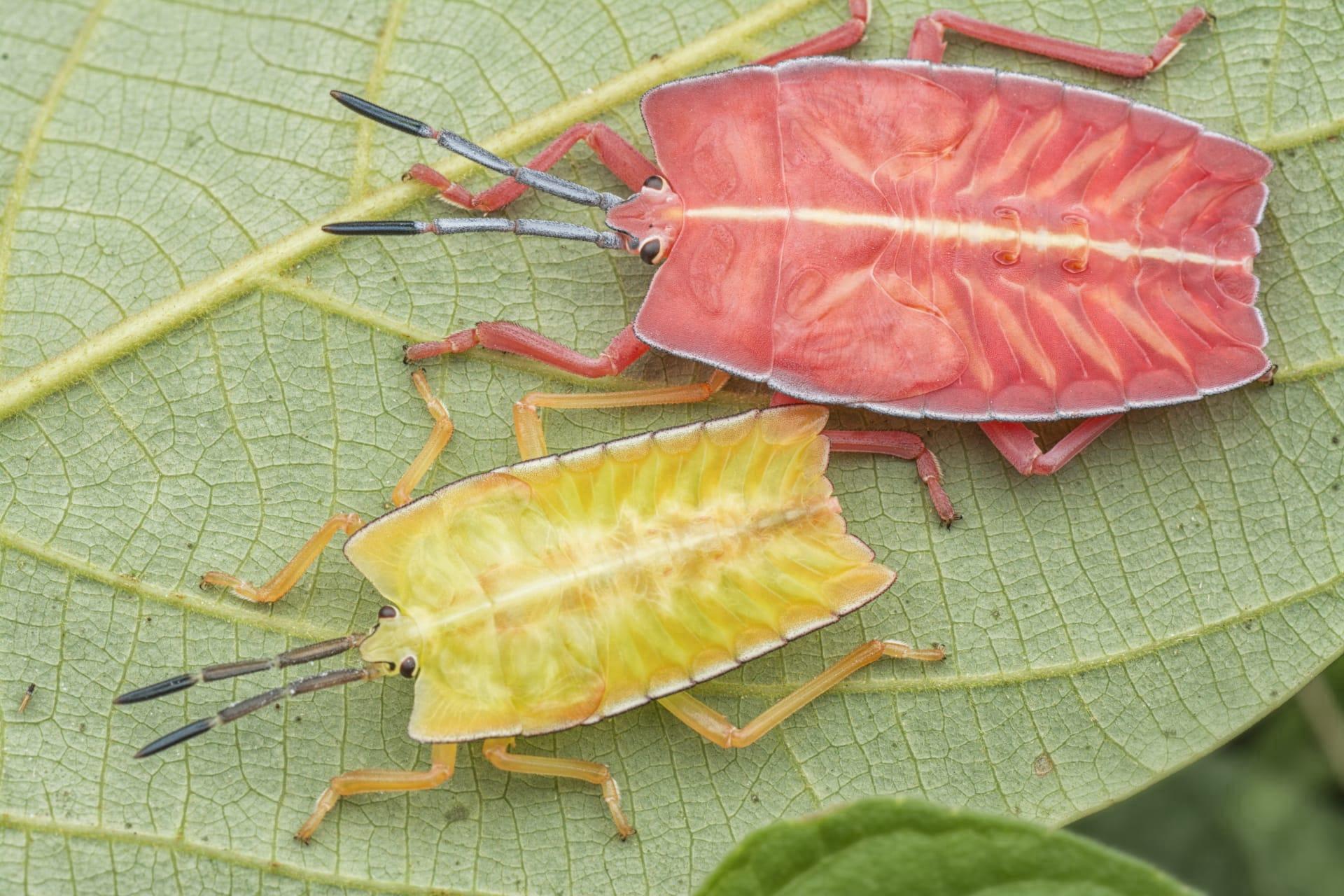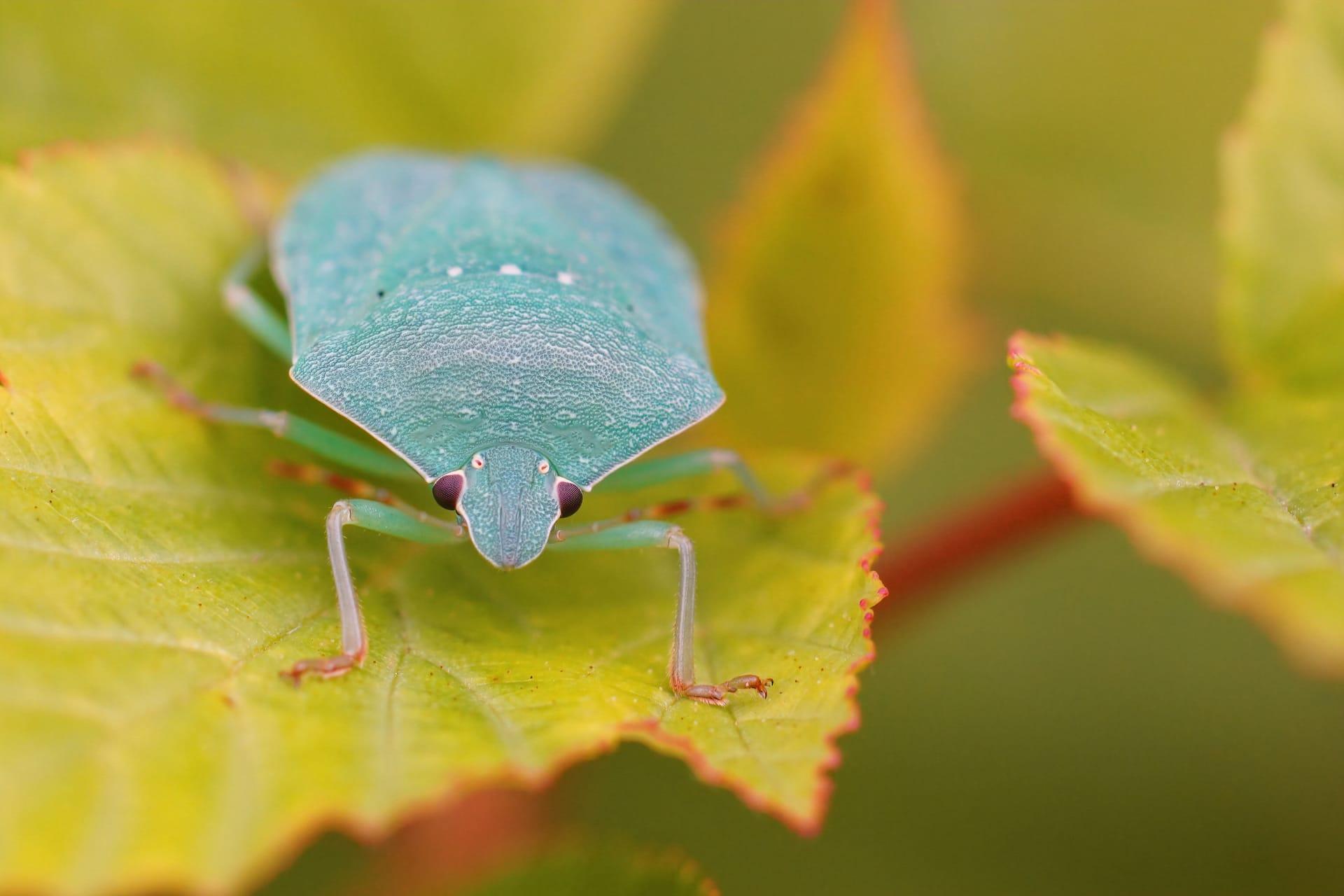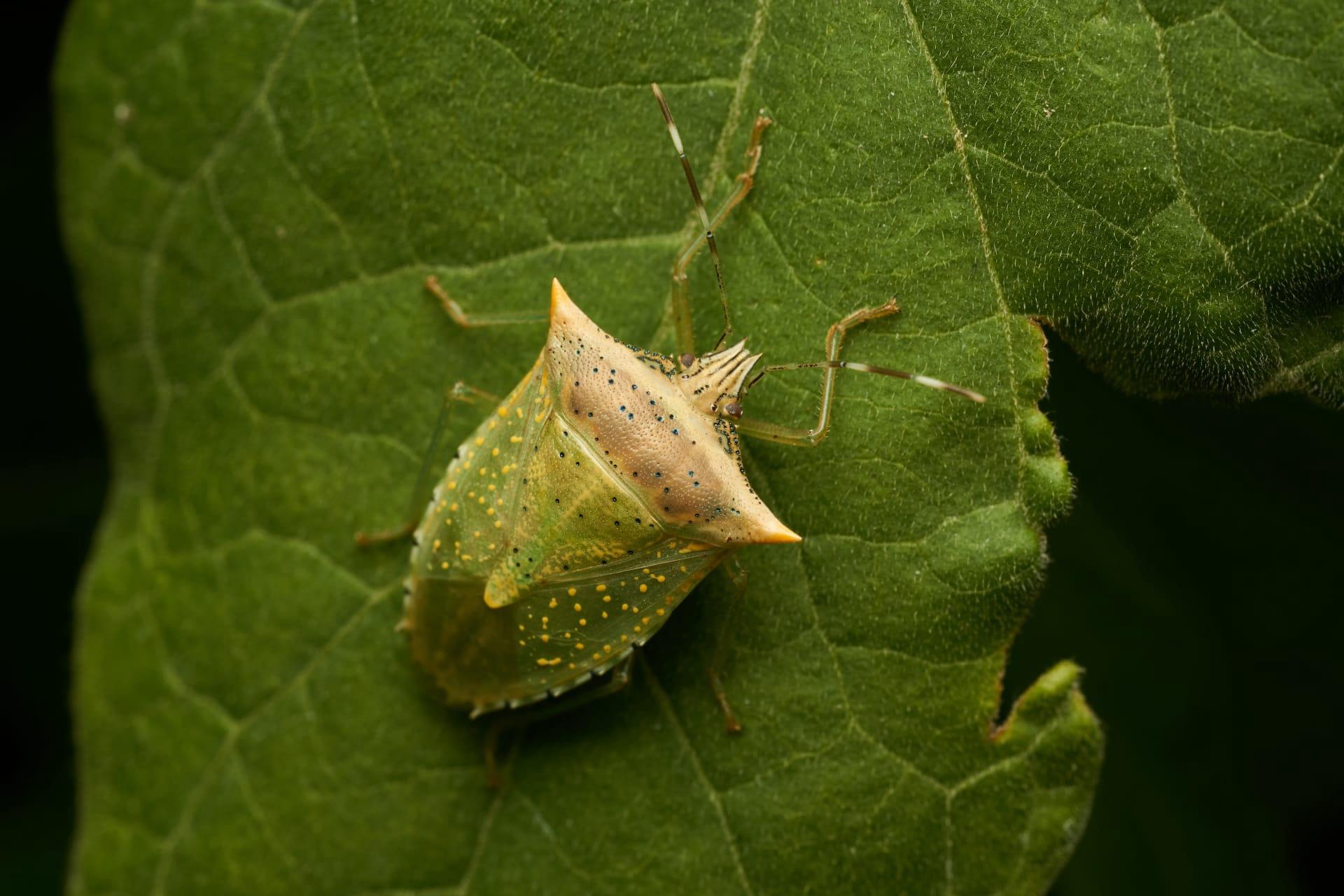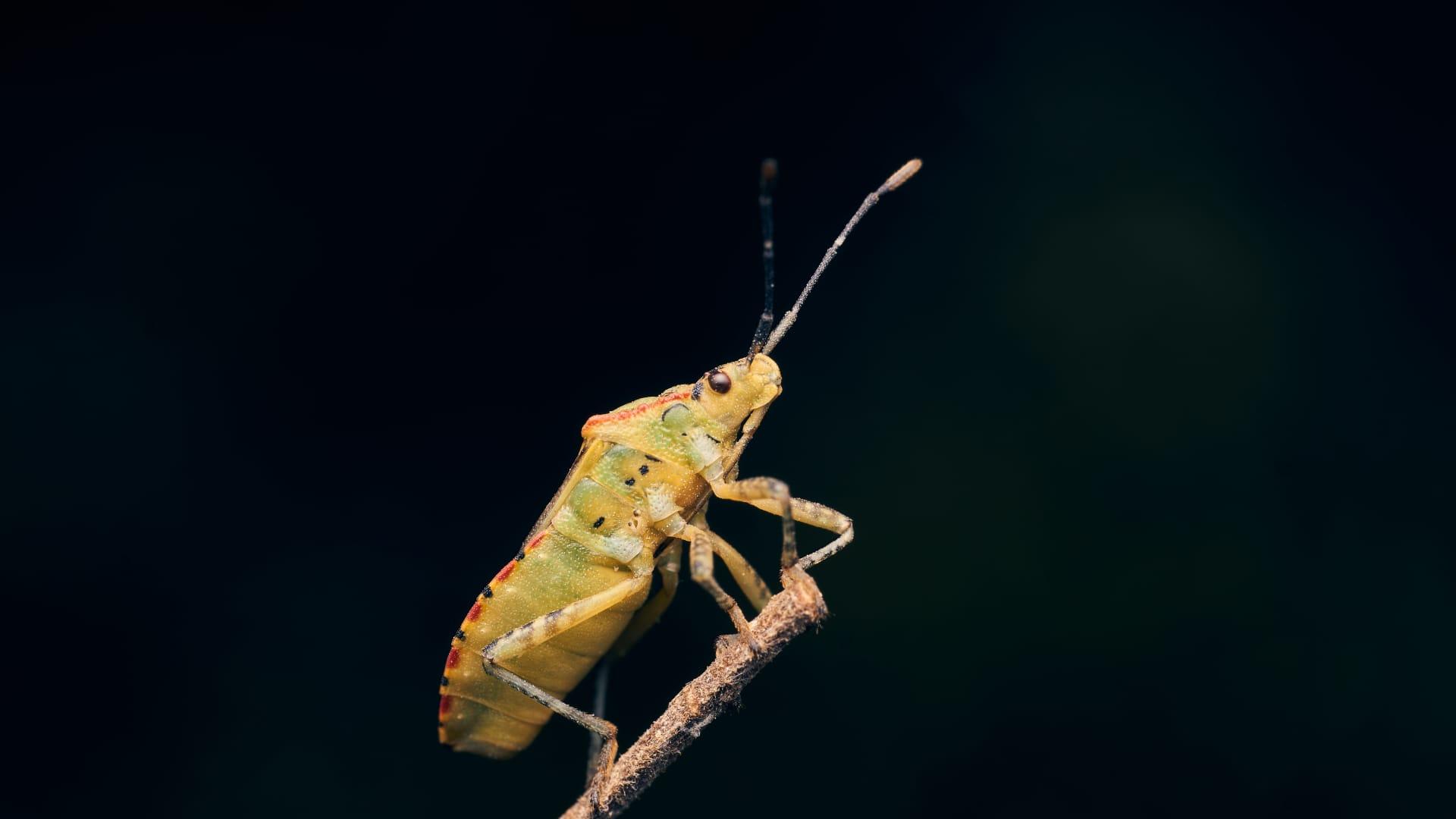Shield Bug Trivia
- Home /
- Trivia Question /
- Animal /
- Shield Bug Trivia
1
Question: What distinguishes Shield Bugs from other insects in terms of physical appearance?
Answer: Shield Bugs, known for their distinctive shield-like shape, stand out with a broad, triangular thorax and a flattened, elongated body. Measuring up to 3/4 inch (approximately 2 cm) in length, their coloration ranges from green to brown, often with bright, contrasting patterns to ward off predators. This unique shape and coloration are key identifiers, making them easily recognizable among other insects.
Question: How do Shield Bugs contribute to their ecosystem?
Answer: Shield Bugs, often found in gardens and fields, play a dual role in ecosystems. As herbivores, they feed on plant juices using their piercing mouthparts, sometimes impacting crops or garden plants. However, they also serve as food for many predators like birds and spiders, thus contributing to the biological control of other insect populations. This balance makes them an integral part of their habitats.

2
Question: Is it true that Shield Bugs are harmful to all plants?
Answer: This is a misconception. While Shield Bugs feed on a variety of plants, they do not cause significant harm to all of them. Some species prefer specific plants and can be damaging to certain crops like fruits and vegetables. However, many Shield Bugs have a minimal impact on healthy, mature plants, and their presence is often a sign of a diverse, balanced ecosystem.
Question: Do Shield Bugs emit a bad odor?
Answer: Yes, Shield Bugs are known for their defense mechanism of emitting a pungent odor. This odor is produced by glands located on the underside of their thorax. When threatened, they release this scent to deter predators. The smell is unpleasant to humans as well, which is why they're sometimes called "stink bugs." However, not all species have this trait to the same degree.

3
Question: What is the lifespan of a Shield Bug?
Answer: The lifespan of Shield Bugs varies by species, but most live for about a year. This includes their time as eggs, nymphs, and adults. Nymph stages can last several weeks to months, evolving through multiple molts before reaching adulthood. In temperate climates, adults often die off in the winter, after laying eggs that will hatch the following spring.
Question: How do Shield Bugs reproduce?
Answer: Shield Bugs reproduce by laying eggs, typically on the underside of leaves. A female can lay dozens to hundreds of eggs, depending on the species. These eggs hatch into nymphs, which resemble miniature versions of adults but without fully developed wings. Nymphs go through several molts before reaching maturity, a process that reflects their adaptability and survival strategy in various environments.

4
Question: Can Shield Bugs fly?
Answer: Yes, most Shield Bugs are capable of flight. They have two sets of wings: the hard, outer wings that form the 'shield,' and the membranous wings underneath. They're not the most agile flyers but can move efficiently when necessary, especially to escape predators or find new food sources.
Question: Are Shield Bugs solitary or social insects?
Answer: Shield Bugs are generally solitary, but they can be found in groups, especially during the nymph stage or when a food source is abundant. Unlike bees or ants, they do not have a social structure or colonies. Their grouping is more about resource availability rather than social interaction.

5
Question: What do Shield Bugs eat?
Answer: Shield Bugs are primarily herbivorous, feeding on the juices of a wide range of plants. Using their piercing mouthparts, they extract sap from leaves, stems, and sometimes fruits. Their diet includes a variety of agricultural crops, making some species pests in gardens and farms. However, their diet can also benefit ecosystems by controlling overgrowth of certain plants.
Question: Are Shield Bugs found worldwide?
Answer: Shield Bugs are a diverse group of insects found in many parts of the world, thriving in various habitats including forests, grasslands, and agricultural areas. Their distribution is global, with species adapted to different climates and environments, from the tropics to temperate regions. This widespread presence highlights their adaptability and the ecological roles they play in different ecosystems.